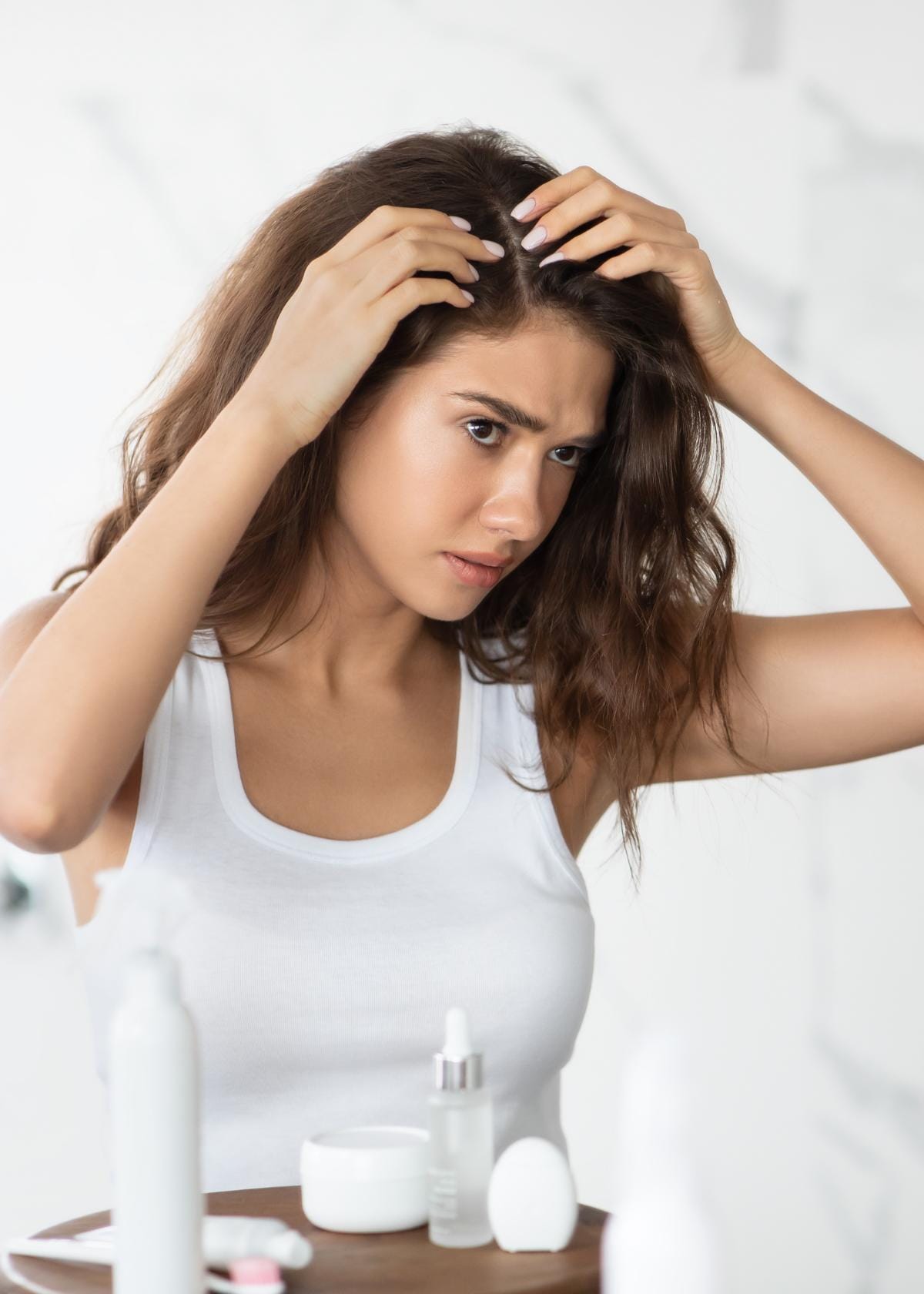If you’ve ever noticed white flakes on your shoulders or experienced an itchy scalp, you’re not alone. Dandruff affects a large portion of the population and can cause a lot of frustration. But don’t worry, you’re not destined to live with dandruff forever.
By understanding how anti-dandruff shampoos work, applying them correctly, and complementing them with the right treatments, you can achieve a flake-free scalp. Ready to wave goodbye to those pesky flakes and learn how long does it take for dandruff shampoo to work? Read on!
- Understanding the efficacy of anti-dandruff shampoos and proper application techniques are essential for optimal results.
- Results typically appear after three to four washes, though individual factors may affect this timeline.
- Complementary treatments such as moisturizing conditioners, dietary changes and alternating between regular and medicated shampoos can help Enhance dandruff control.
Understanding Dandruff Shampoo Efficacy
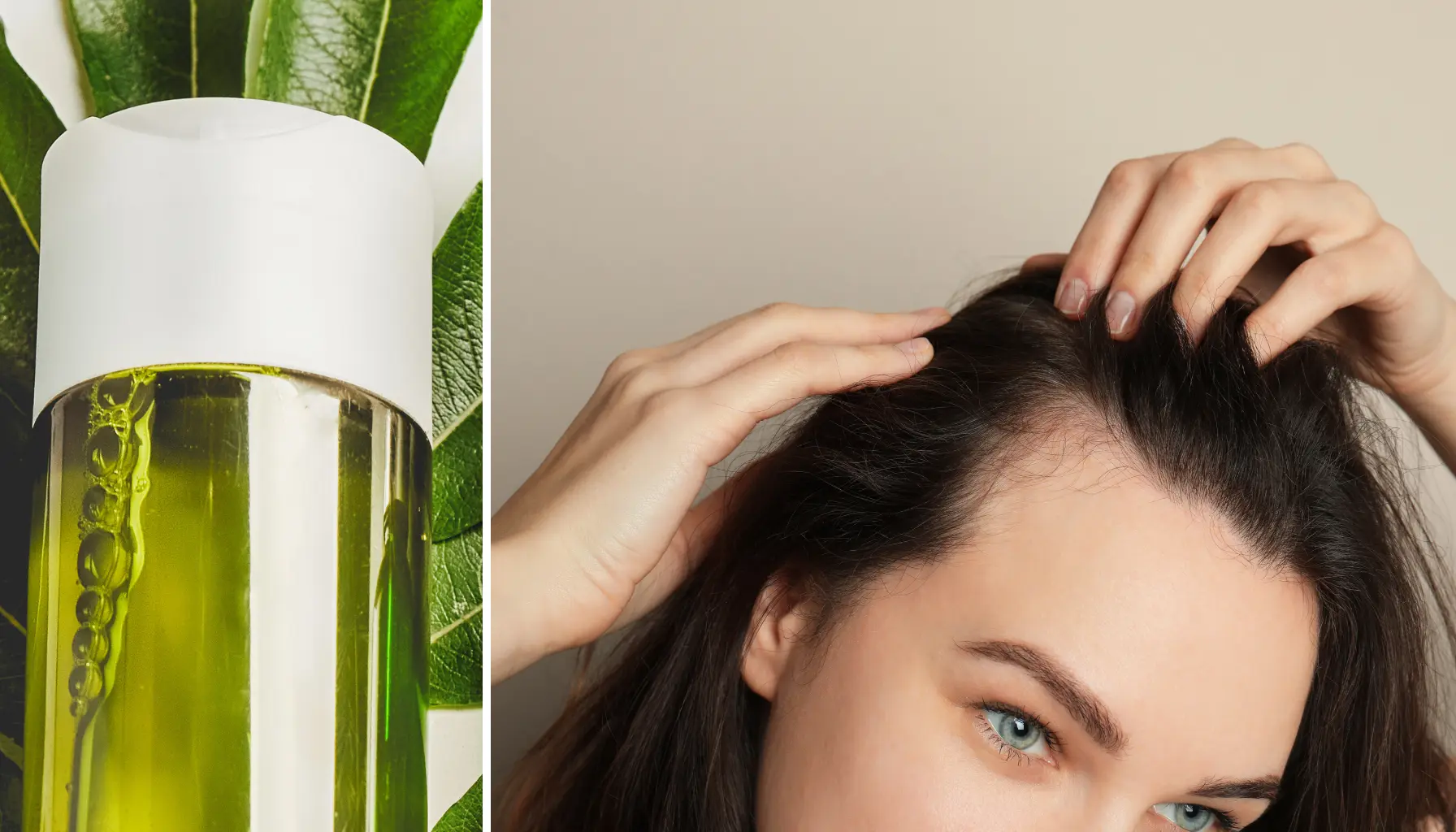
When using anti-dandruff products consistently, it’s essential to understand how most dandruff shampoos work. Specialized anti-dandruff shampoos are made with the intent of combatting a fungus called Malassezia globosa and balancing oleic acid production in order to reduce flaky or itchy symptoms that occur due to dandruff.
The effectiveness depends on severity of the case as well as hair type and consistency when using the shampoo. Thus setting realistic expectations prior is key for satisfactory results from these types of shampoos, including those specifically created for this purpose such as anti-dandruff ones.
Active Ingredients and Their Functions
Anti-dandruff shampoos are equipped with various active ingredients that contribute to their ability to tackle dandruff. Pyrithione zinc is one of these components and it works by hindering the growth of the fungus which causes this problem while balancing oil production on your scalp at the same time. Coal tar helps decrease skin cell regeneration, reducing flaking too.
Selenium sulfide lowers sebum production as well as decreasing dryness in scalps due to its antifungal properties, while salicylic acid scrubs away dead cells from the head enabling flakes to be removed easily also. All elements combined create a potent weapon for fighting against stubborn white flecks caused by dandruff when using an anti-dandruff shampoo product properly so don’t forget about them!
Timeline for Visible Results
A common question when using a new product is “How long before I see results?” When it comes to dandruff shampoo, usually users can recognize changes in their scalp after three or four washes. The rate of improvement may depend on factors like how serious your condition is and how frequently you use the shampoo, for best results try lathering up at least four times per week. In more extreme cases though, extra time might be required to experience visible benefits.
Factors Affecting Response Time
When it comes to treating dandruff with an anti-dandruff shampoo, the success of your results can depend on many factors. The severity of your condition is certainly one such factor. If you have severe cases, then more potent treatments may be needed to a corticosteroid lotion for symptom relief.
Regularly using dandruff shampoo three times per week has been proven effective when dealing with moderate and severe forms of this problem—so don’t give up hope right away if no improvements are immediately visible! With patience and consistent use, you should see some beneficial outcomes soon enough.
Proper Application Techniques for Optimal Results
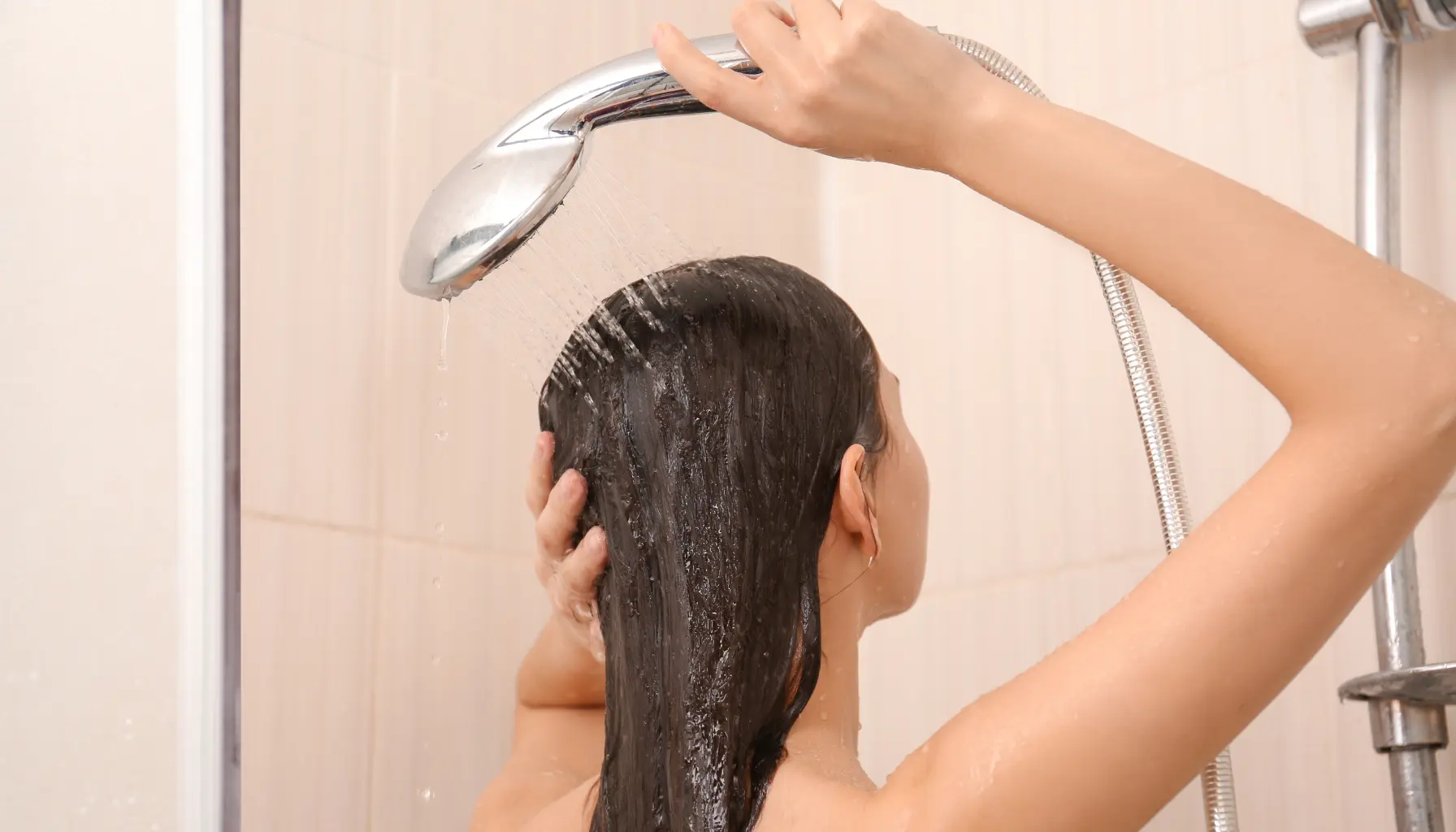
When using an anti-dandruff shampoo, proper application is just as important as selecting the right product. Not only does this involve lathering up and rinsing out. There are certain techniques you can employ to ensure the best possible results from your dandruff remedy.
Soaking hair before applying the shampoo allows for better penetration of ingredients into both scalp and strands — once it’s in place then massage gently with circular motions concentrating on areas prone to scaling or flakiness — lastly make sure all remnants of suds have been washed away by rinsing thoroughly afterwards.
It’s essential that these steps be followed when trying a new anti-dandruff formula in order for effectiveness against annoying flakes!
Wet Hair First
It is important to wet your hair prior to using shampoo as it offers many advantages. Moistening the strands with warm water helps spread out the product evenly, reducing potential discomfort. Excess oil can be removed and scalp penetration of cleansing ingredients enhanced when pre-washing your tresses in this way.
Make sure you take a few minutes beforehand for some thorough showering before applying that shampoo!
Massaging the Scalp
When using shampoo, do not just quickly pour it onto your scalp and rinse. Instead, take the time to massage the product into your head gently with small circular motions made by applying light-to-medium pressure starting at your forehead until you reach back of skull area. This massage will not only bring a pleasant sensation, but also guarantees an efficient application of shampoo that can boost its performance.
Rinse Thoroughly
Once you have massaged the shampoo into your scalp, it is time to properly rinse away any lingering remnants. Make sure that all of the soap residue has been washed out. If not removed, this can result in dryness and discomfort for your head.
Take a moment during showering to make certain that when finished rinsing with water, no signs or smell of shampoo are left behind on the strands of hair. That way your scalp will stay healthy and clean!
Beyond Shampoo: Complementary Treatments
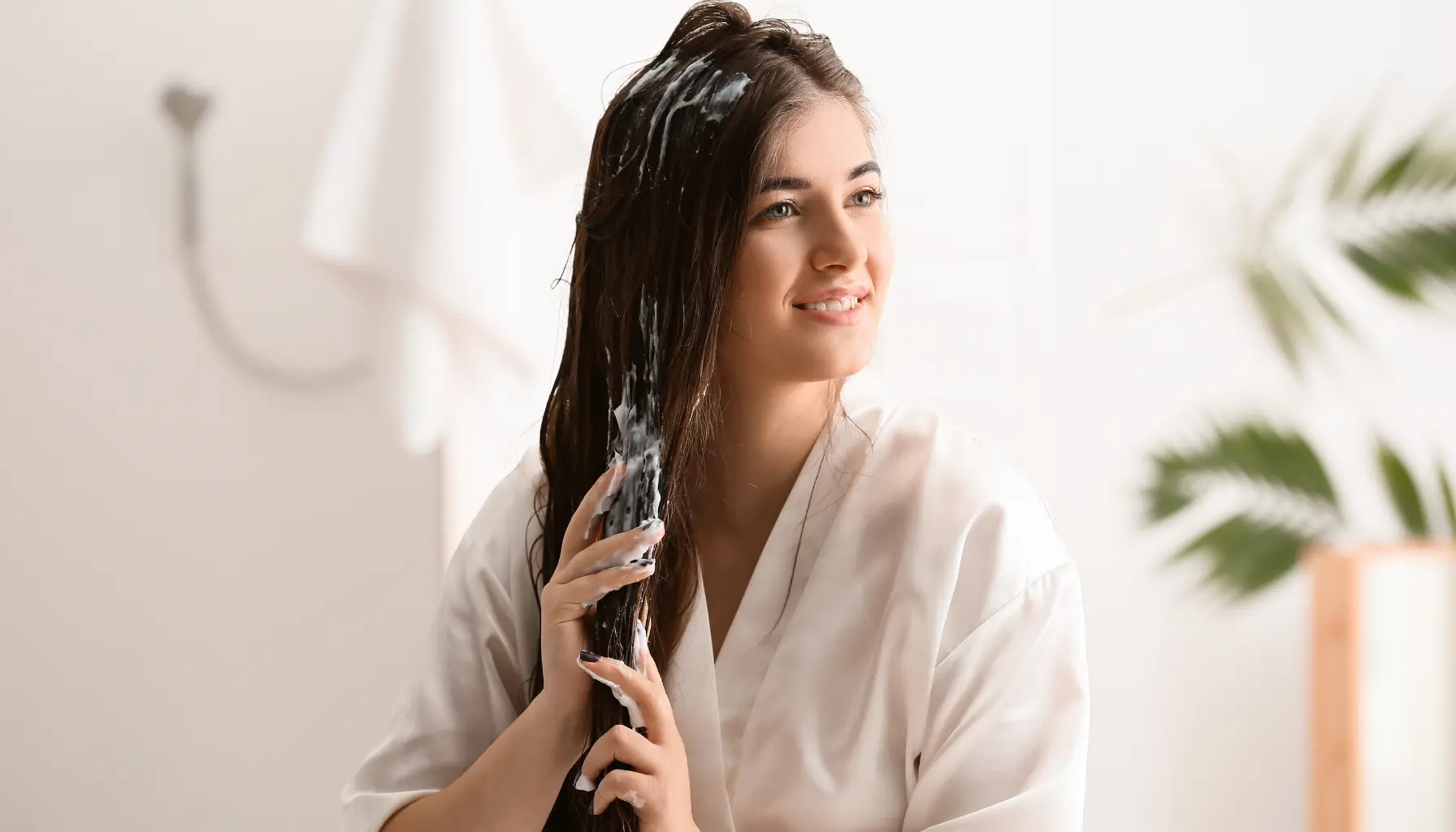
Using anti-dandruff shampoos is an important part of dandruff management, but additional steps should be taken to achieve optimal results. Complementary treatments for fighting dandruff include using moisturizing conditioner and alternating between regular and medicated shampoo varieties as well as making dietary changes.
It’s worthwhile exploring these extra measures in order to find the best control options tailored to your needs specifically. Utilizing them alongside relying on anti-dandruff shampoos will help you obtain maximum efficacy from tackling this issue that affects many people all over the world.
Moisturizing Conditioner
Using a moisturizing conditioner can help combat dandruff. This type of conditioner works to hydrate and nourish the scalp, reducing itchiness and dryness which are usually associated with having dandruff. To get the best results from your product, follow these steps:
First apply it evenly throughout all of your hair. Then use a wide-tooth comb gently for detangling before leaving it in for several minutes. Finally rinse off thoroughly using warm water, making sure you have removed every last bit!
Diet and Supplements
Dandruff shampoo can be more effective if certain foods are consumed. Omega-3 fatty acids and biotin supplements should also be taken to improve scalp health, thus resulting in better dandruff management.
To get the most out of your shampoo, try incorporating fatty fish, eggs, avocados, nuts, bananas and probiotic rich food into your diet! These items will all contribute towards getting rid of stubborn flakes on a regular basis.
Regular vs. Medicated Shampoo Use
In order to maintain a healthy scalp, alternating between regular and anti-dandruff shampoos can be beneficial. Once you have your dandruff under control, using the active ingredients in the dandruff shampoo less frequently is wise so that it does not disrupt your natural balance. Incorporating a regular shampoo into your routine should also help with this process of keeping hair free from flakes or itchiness caused by an abundance of dandruff products being used at once on one’s scalp.
Myths and Misconceptions
Much of the data being circulated about dandruff is untrue and can lead to ineffective treatments or exasperation. We’ll now look at two popular misconceptions concerning this issue.
Daily Shampooing Makes Dandruff Worse
Daily shampooing is actually beneficial for managing dandruff, especially when scalp oiliness is an issue. By cleaning the head regularly it prevents too much sebum and dead skin cell accumulation – both of which are essential in order to maintain control over dandruff. It’s important not to wash hair excessively as this can strip away natural oils from the scalp causing flare-ups with this condition.
Natural Oils Can Cure Dandruff
Using anti-dandruff shampoos along with natural oils like tea tree oil may be the best way to treat dandruff symptoms, as these shampoos are specifically formulated for this purpose. Natural remedies such as tea tree oil can also offer some relief from those troublesome signs of dandruff due to their antimicrobial properties, but it is important to note that medicated solutions tend to produce much better results than natural ones.
When to Consult a Dermatologist
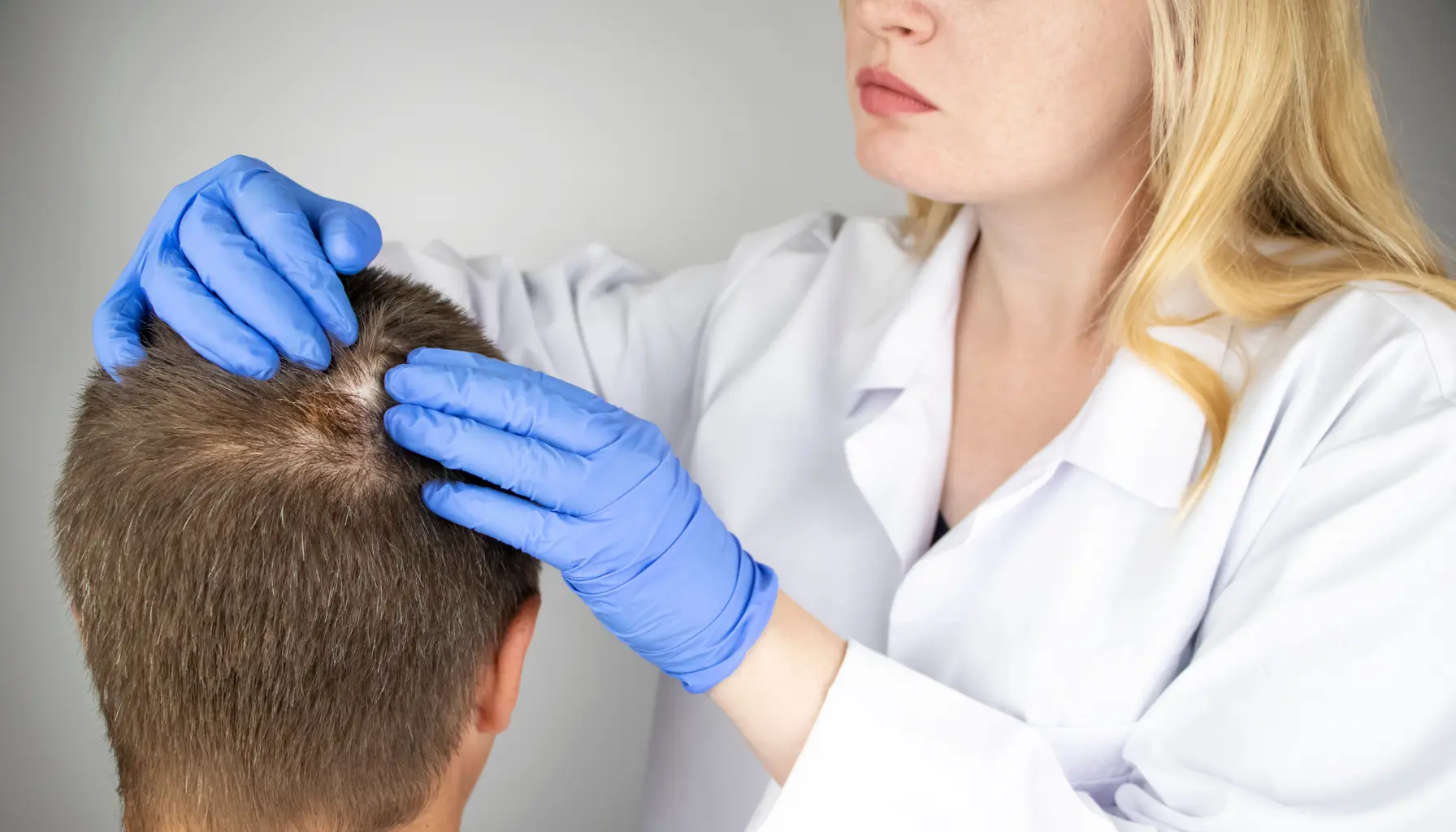
If you find that your dandruff won’t go away even with the use of an anti-dandruff shampoo, or if severe scalp conditions arise, it is recommended to seek advice from a dermatologist. Maintaining regular treatment through dandruff shampoos and other means should be taken into consideration in order to try preventing complications for this affliction of the scalp.
Persistent Symptoms
If you’ve been trying to get rid of dandruff using a shampoo for weeks but have seen no progress, there may be an issue with the product. A dermatologist can provide specialized solutions such as medicated shampoos and scalp treatments or antifungal creams which will help in getting rid of your dandruff permanently.
Severe Scalp Conditions
If your scalp is itchy and there are signs such as scaly plaques, a trip to the dermatologist may be in order. These can indicate more severe conditions like seborrheic dermatitis or psoriasis that imitate dandruff-like symptoms. Your doctor will assess the situation and provide necessary treatment, which could range from special shampoos prescribed by them to other topical solutions for relief of irritation on your scalp.
Maintaining a Flake-Free Scalp
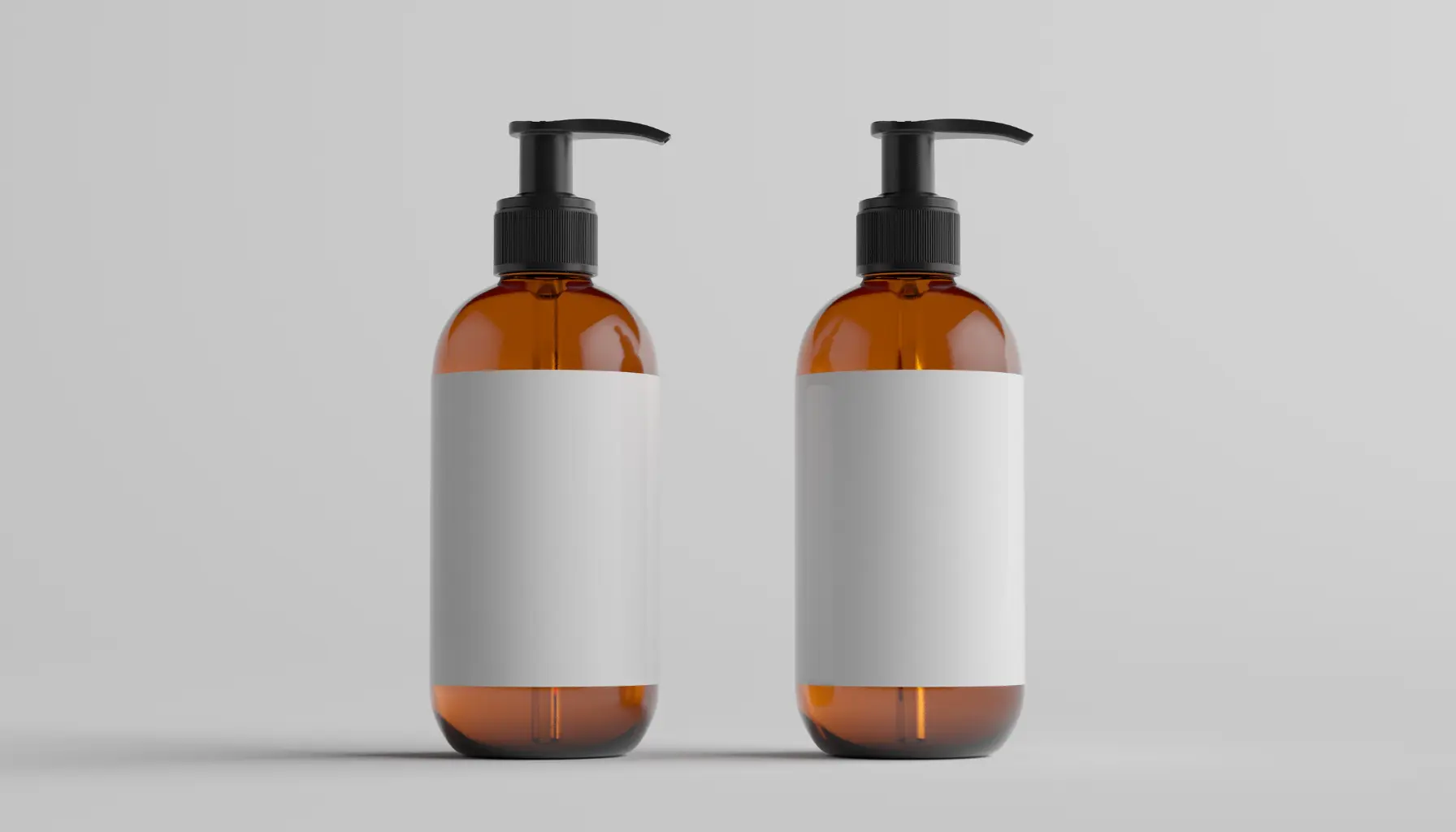
It’s important to know how to keep a flake-free scalp in the long run after learning about dandruff shampoos, their correct application and accompanying treatments, as well as understanding when seeking professional assistance is needed. Here are some helpful tips:
First of all, make sure you use dandruff shampoo regularly. Twice a week should do the trick. Try changing up your routine with different anti-dandruff products for optimal results - this can be done by using alternate brands or swapping out between scalp washes and hair masks containing active ingredients.
Choosing the Right Shampoo
Finding the perfect shampoo for combating dandruff is essential. Make sure to pick a product that caters to your hair type and tackles what specifically causes your scalp issues. Such as, if you have an oily head of hair, select a formula designed to regulate oil production. Alternatively, those with dry strands should seek out hydrating shampoos so they can address their dandruff-related woes from root up!
Managing Sebum Production
Maintaining a healthy scalp is essential to ward off dandruff, as too much sebum on your head creates an environment suitable for the fungus which causes it. To prevent this problem from arising, regular hair washing combined with proper hair care products can help regulate sebum production and keep things in check. It’s important that these steps are taken regularly in order to ensure optimal health of one’s scalp!
Regular Scalp Exfoliation
Scalp exfoliation can assist in eliminating dead skin cells and controlling dandruff production. Strive to cleanse your scalp one or two times each week by making use of a specialized brush, an exfoliating shampoo, or even creating a homemade scrub recipe. Doing this will certainly help you achieve and retain a healthy flake-free head.
Summary
With this guide, you are now well-prepared to win the battle against dandruff. To achieve success, it is important to find and use an anti-dandruff shampoo that will work best for your scalp’s needs, manage sebum production and exfoliate regularly. Though results may take a while before they become evident, persistence matters! And if all fails, don’t be discouraged, but seek professional help instead. So cheers for a flake free scalp as we rely on appropriate shampoos in our fight against dandruff!
Frequently Asked Questions
How long does it take for dandruff to clear up?
It takes 4 to 6 weeks of utilizing a dandruff shampoo one or two times in a week for the successful removal of dandruff. Conditioner can be used to avoid over-drying caused by frequent washing with shampoo.
How long should you leave dandruff shampoo in your hair?
To gain the optimal effects, massage the shampoo into your scalp only and leave it for 5 minutes before rinsing. Another option is to apply the product onto a dry head and let sit for 30 minutes before washing away. Regardless of which method you choose, take care when using shampoos on your scalp!
Does shampoo make dandruff go away?
Shampooing frequently is a successful remedy for dandruff, assisting in the reduction of its visible flakes and scales.
Why do I still have dandruff after using shampoo?
It could be that the dandruff is caused by not washing your hair enough or using a shampoo that isn’t powerful enough to break down grease and dirt.
The resolution of this may require you to start cleansing more often with stronger shampooing products in order to dissolve the oil barrier leading up to an improved state against itchy, dry scalp issues.
How does dandruff shampoo work?
Dandruff shampoos are effective for tackling the fungal cause of dandruff, since they contain antifungal agents such as ketoconazole, zinc pyrithione and selenium sulfide. These substances kill off fungus while preventing any future recurrences.
References
- Pierard-Franchimont, C., Xhauflaire-Uhoda, E., & Pierard, G. E. (2006). Revisiting dandruff. International Journal of Cosmetic Science, 28(5), 311-318. Retrieved from https://onlinelibrary.wiley.com/doi/abs/10.1111/j.1467-2494.2006.00326.x
- Shuster, S. (1984). The aetiology of dandruff and the mode of action of therapeutic agents. British Journal of Dermatology, 111(2), 235-242. Retrieved from https://academic.oup.com/bjd/article-abstract/111/2/235/6689897
- Trüeb, R. M. (2007). Shampoos: ingredients, efficacy and adverse effects. Journal der Deutschen Dermatologischen Gesellschaft, 5(5), 356-365. Retrieved from https://onlinelibrary.wiley.com/doi/abs/10.1111/j.1610-0387.2007.06304.x
- Schwartz, J. R., Cardin, C. M., Dawson Jr, T. L., & Zirwas, M. J. (2013). Dandruff and seborrheic dermatitis: A head scratcher. International Journal of Cosmetic Science, 35(5), 446-454. Retrieved from https://onlinelibrary.wiley.com/doi/abs/10.1111/ics.12055
Discover other related topics about Dandruff Shampoo




